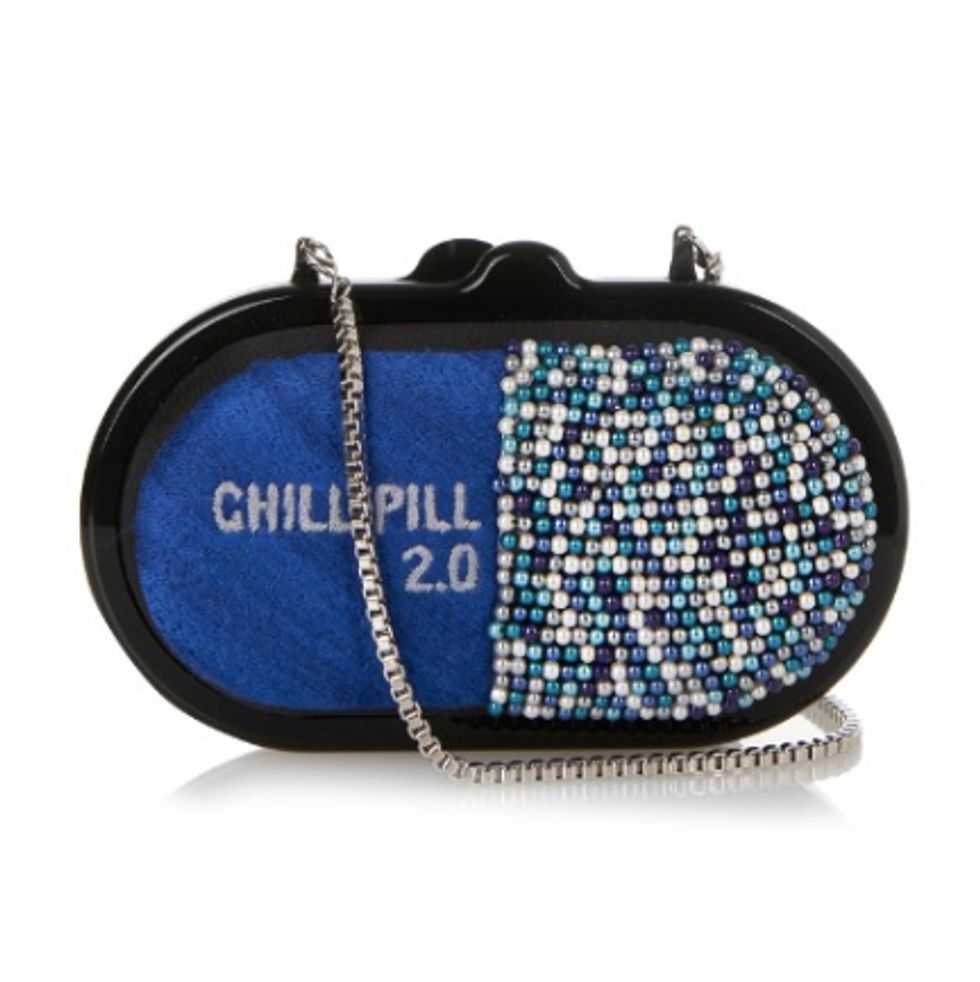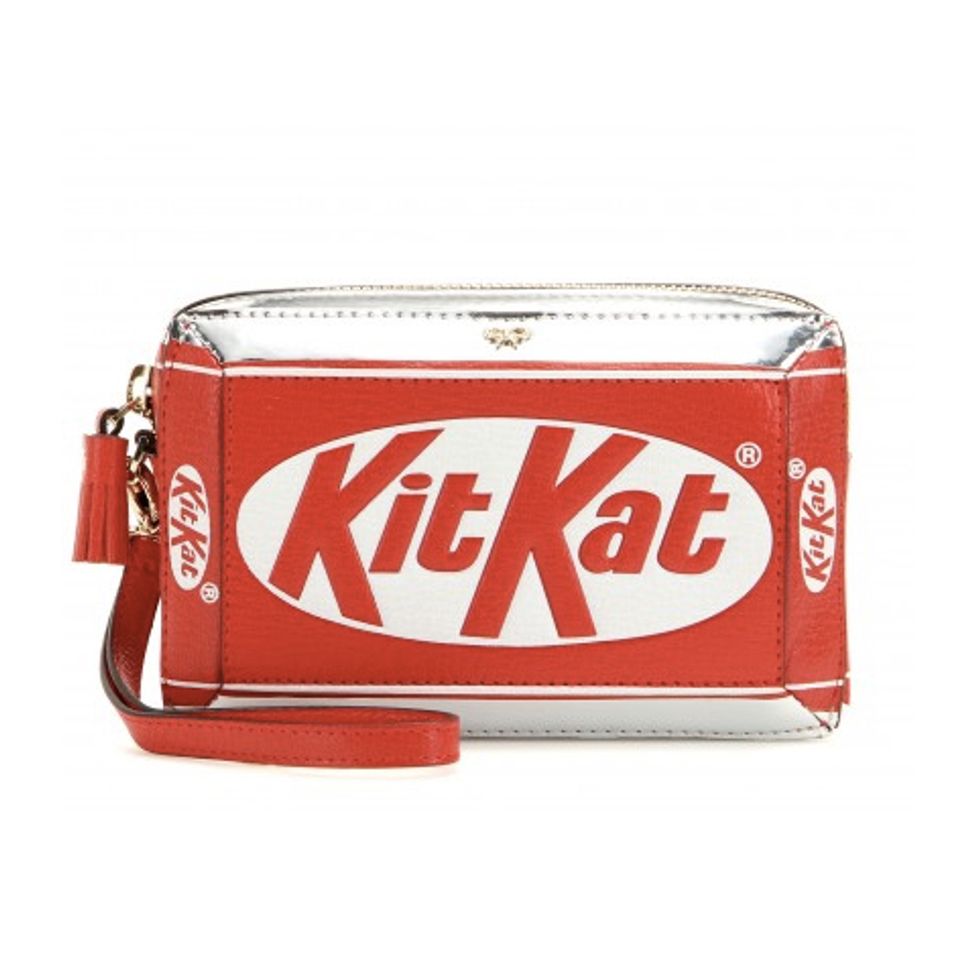
Anyone else completely confused, more recently than, well, ever, as to what is considered healthy? OK, so at this point we’re well acquainted with the general rule of thumb: Stay away from overly processed and chemical-laden foods. Got it. But when we’re perusing through the grocery isles, things get a little murky. As in, how do we know how much sodium is too much? Is fat actually as bad as our moms muttered about all throughout our childhood? And, uh, WTF are trans fats anyway? Should we be counting calories or carbs? See what we mean—so many damn life questions.
As much as we’ve admittedly progressed in our knowledge of health and nutrition, or so we assume (bacon, we miss you!), when it comes down to understanding what all those words and numbers on the label of our groceries really mean, we had some, uh, clearing up to do. So we broke it all down, line by line—it should make figuring out if our food is actually good for us way easier.
Nutrition Facts
What you need to know
Total Fat
aka
What it sounds like, friends—a sum of all the fat. It’s not as bad as it sounds, though. Let us explain...:point_down:
Calories
aka
Energy. There is still a hell of a lot of debate around this one. As in, should you actually count calories? The simple answer: no. Think about it—is eating 300 calories of jujubes the same as eating a banana? Nope! So you’ve got to look at the rest of the label to weigh the good vs. the bad. It’s kind of like nutritional math...
Saturated Fat
aka
OK, so technically this is categorized as an “unhealthy” fat. You know when you order a rib eye and have to trim off the excess...fat? Yeah, that’s saturated. Makes a lot of sense now, right? But so is a lot of really effing delicious stuff like CHEESE and yogurt! According to the pros, limiting this particular “unhealthy” fat to only 7 percent of your daily consumption is the key to a healthy heart. See, you don’t have to step away from the brie.
Remember that not all fats are bad, contrary to what the Baby Boomers may have believed. Avocado, coconut oil, and omega-3s are all what promote healthy hearts and shiny hair. Win-win.
Trans Fat
aka
Think of this like your ex-boyfriend who you keep running into: It was good at one point, sneaky, and a bit toxic. If you’re wondering what it is, trans fats are liquid fats that have been processed into solid form (yuk) and baked into packaged goods like cookies and deep-fried foods. As in, stay the hell away from them. Save for the minimal trans fats that occur naturally, countries have started rolling out bans on the lard. Good riddance.
Cholesterol
aka
Another good vs. evil debate for you guys. There’s LDL, aka bad cholesterol that builds plaque in your arteries—no bueno. And HDL, the good cholesterol that prevents the aforementioned from happening. Although most high-cholesterol problems stem from familial history, there are dietary ways to avoid high blood cholesterol: Stay away from saturated and trans fats.
Sodium
aka
That essential nutrient that makes everything taste :ok_hand:. But too much of it can lead to a whole slew of health issues, and the fact is most of us are consuming way too much. Industry standards recommend 1,000-1,500 mg a day, whereas most of us take in 3,000 mg. Let that sink in.
Total Carbs
aka
Yet again, another one with dual meaning. As you may already have heard, you’ve got your complex carbs and simple carbs—think rice, whole grains, vegetables, fruits, and sugars respectively. As you can tell, the former is much healthier and nutritionally dense than the latter. And while your nutrition label may not spell it out for you, just take a look at the ingredients list to determine where these carbs might be coming from.
Dietary Fiber
aka
Guys, we’re onto the good stuff! Technically a carbohydrate (see, they aren’t all that bad!), fiber doesn’t get digested by the body. Instead it passes through, keeping you, uh, regular, levels out your blood sugar levels, and lowers high blood cholesterol. A good amount to work in is 26-30 grams a day.
Sugars
aka
Also fall under the carb category :point_up_2:, remember?
Now that we have that sorted, here’s a recipe you can make with all those good-for-you ingredients.



